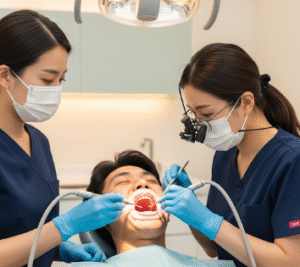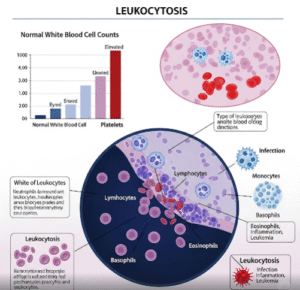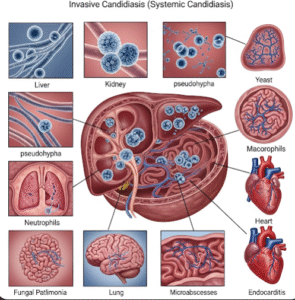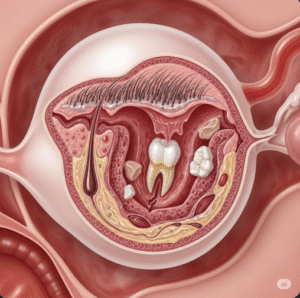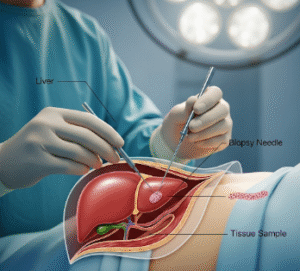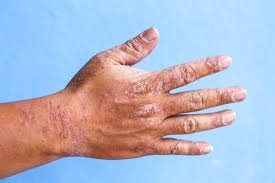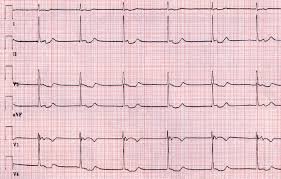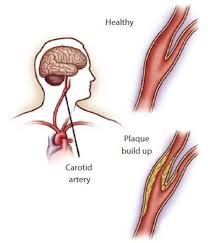Overview
Choking occurs when the airway becomes partially or completely blocked, preventing normal breathing. This can happen due to food, foreign objects, or swelling in the throat, and may lead to life-threatening oxygen deprivation if not addressed promptly. While occasional minor choking episodes are common, severe or recurrent choking requires immediate medical attention. In Korea, hospitals and emergency care centers provide rapid intervention, diagnostic evaluation, and preventive guidance to manage choking incidents effectively and protect airway health.
Key Facts
▶ Prevalence: Choking can occur at any age, particularly in children under 5 and older adults.
▶ Causes: Food pieces, foreign objects, allergic reactions, or throat swelling.
▶ Associated Symptoms: Coughing, gagging, difficulty breathing, bluish skin (cyanosis), or loss of consciousness.
▶ Treatment Options in Korea: Emergency airway management, Heimlich maneuver, endoscopic removal, and allergy management.
▶ Emergency Status: Severe choking is a medical emergency; prompt action can save lives.
What is Choking?
Choking is the obstruction of the upper airway, preventing adequate airflow to the lungs.
▶ Partial Obstruction: Allows some air passage; coughing may be present.
▶ Complete Obstruction: No airflow; immediate intervention required.
▶ Causes in Children: Swallowing small toys, nuts, or food pieces.
▶ Causes in Adults: Large bites of food, dental appliances, or allergic reactions causing throat swelling.
Note: Choking can lead to hypoxia, brain damage, or death if untreated within minutes, making early recognition and action crucial.
What Symptoms Are Related to Choking?
▶ Coughing or Gagging: Attempting to clear the airway.
▶ Difficulty Breathing: Struggling for air or rapid breathing.
▶ Inability to Speak: Voice may be hoarse or absent.
▶ Bluish Skin (Cyanosis): Lips, face, or fingers turning blue from lack of oxygen.
▶ Panic or Agitation: Anxiety due to oxygen deprivation.
▶ Loss of Consciousness: In severe cases, resulting from hypoxia.
▶ Clutching the Throat: Universal sign of choking, especially in adults.
▶ Wheezing or Stridor: High-pitched sounds during breathing attempts.
What Causes / Possible Causes
Choking can result from mechanical obstruction, allergic reactions, or medical conditions:
▶ Food Obstruction: Large pieces of meat, nuts, or sticky foods.
▶ Foreign Objects: Toys, coins, or small household items, especially in children.
▶ Swelling of the Airway: Allergic reactions (anaphylaxis), infections, or trauma.
▶ Neurological Conditions: Impaired swallowing due to stroke, Parkinson’s disease, or muscular disorders.
▶ Dental Appliances or Prosthetics: Ill-fitting dentures or orthodontic devices.
▶ Excessive Alcohol Consumption: Impairing swallowing reflexes.
▶ Medical Conditions: Tumors or structural abnormalities in the throat.
Note: Identifying the cause is critical to prevent recurrence and ensure airway safety.
When Should I See a Doctor?
▶ Severe or Complete Airway Obstruction: Immediate emergency intervention.
▶ Recurrent Choking Episodes: Suggestive of swallowing difficulties or structural issues.
▶ Difficulty Swallowing (Dysphagia): Could indicate neurological or anatomical problems.
▶ Choking on Allergens: Risk of anaphylaxis requiring evaluation and preventive strategies.
▶ Unexplained Gagging or Coughing During Meals: May indicate underlying swallowing disorder.
▶ Associated Respiratory Symptoms: Wheezing, stridor, or oxygen desaturation.
▶ Injury or Trauma to Throat: Persistent pain or obstruction post-trauma.
Tip: In Korea, specialized ENT and emergency departments provide rapid airway assessment and management for choking cases.
Care and Treatment
Management focuses on restoring airway patency and preventing future episodes:
▶ Immediate First Aid:
- Heimlich Maneuver / Abdominal Thrusts: For conscious adults and children over 1 year.
- Back Blows and Chest Thrusts: For infants under 1 year.
▶ Medical Intervention: - Endoscopic Removal: For lodged foreign objects in the airway or esophagus.
- Oxygen Therapy: For patients with hypoxia.
- Medications: Epinephrine for allergic reactions causing airway swelling.
▶ Observation: Post-choking monitoring for airway swelling or complications.
▶ Swallowing Therapy: For recurrent choking due to dysphagia or neurological causes.
▶ Lifestyle and Dietary Adjustments: Cutting food into smaller pieces, avoiding high-risk foods, and supervising children during meals.
Treatment Options in Korea
Medical Evaluation:
▶ Emergency Care: Immediate assessment in ER for airway obstruction.
▶ ENT Consultation: Detailed examination of throat, larynx, and esophagus.
▶ Imaging: X-ray or CT scan if a foreign object is lodged and not visible.
▶ Swallowing Assessment: For recurrent or unexplained choking episodes.
Advanced Therapies:
▶ Endoscopic Removal: Minimally invasive extraction of lodged objects.
▶ Allergy Management: Epinephrine auto-injector prescription for high-risk patients.
▶ Surgical Intervention: Rare, for structural anomalies causing airway obstruction.
▶ Rehabilitation Programs: Speech and swallowing therapy for neurological or functional issues.
Rehabilitation & Support:
▶ Patient Education: Training on choking prevention, safe eating practices, and first aid.
▶ Follow-Up Care: Monitoring recovery, swallowing ability, and airway health.
▶ Specialist Clinics: Korean hospitals offer integrated care combining emergency medicine, ENT, gastroenterology, and patient education programs.
Outcome: With prompt evaluation and intervention in Korea, choking incidents are effectively managed, airway obstruction is relieved, and patients are educated on preventive measures, reducing the risk of future life-threatening events.


